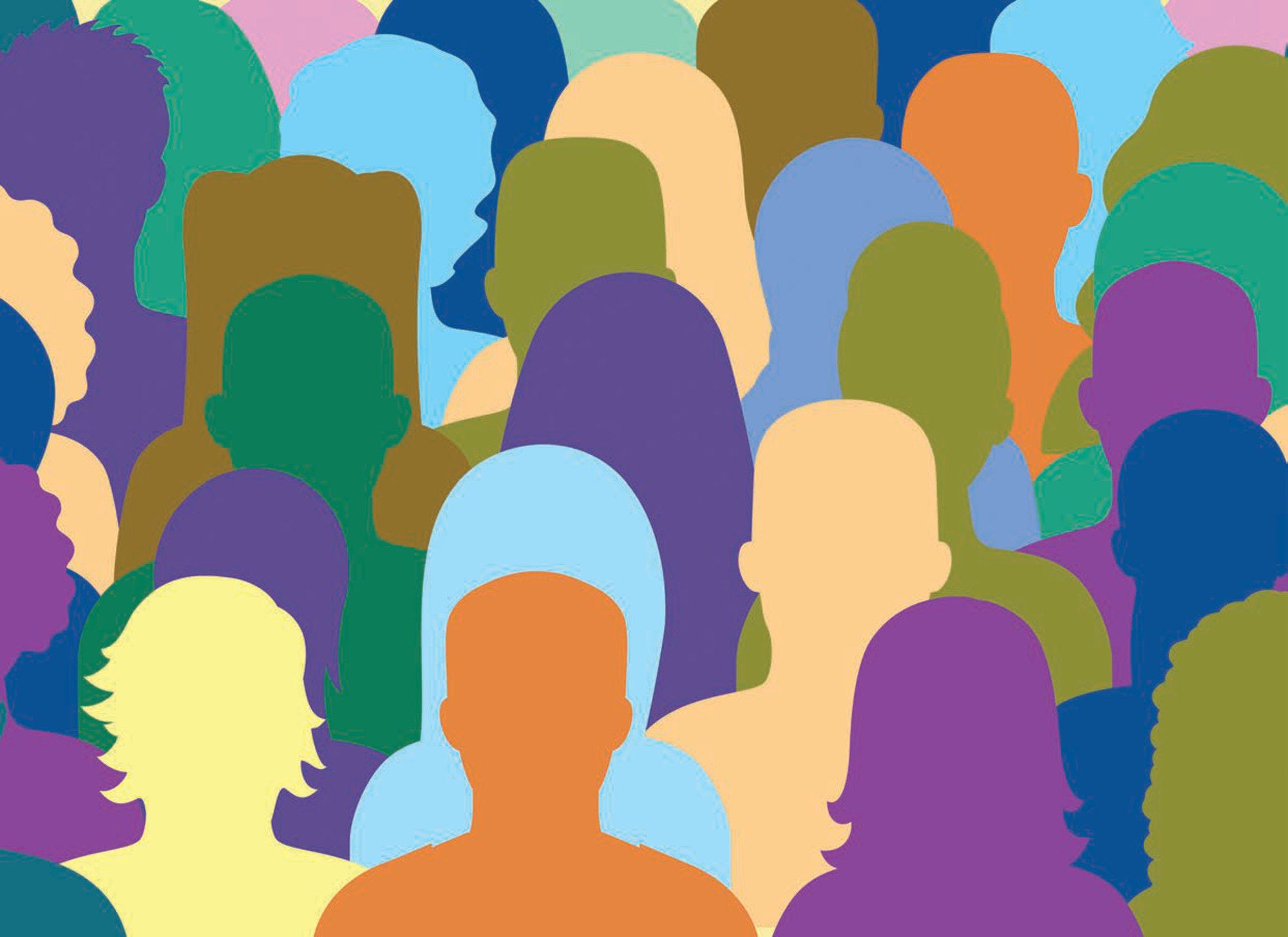Over the last 60 years, Korea has experienced rapid growth, but benefits have not been spread across the entire territory. Although Korea has recorded one of the fastest GDP growth rates in the OECD and a significant increase in income per capita, areas and territories far away from large metropolitan areas are shrinking, ageing and in turn lagging behind. The national government has pursued development opportunities and well-being outside large cities in its recent national development plan to address these challenges as well as mitigating overconcentration of people and economic activity in Seoul.
The Korean economy has industrialised rapidly over the past 60 years, gradually shifting specialisation from agriculture to industry and then to services, and, in turn, driving the convergence process (OECD, 2021[1]). At USD 30,000 in per capita income, Korea's GDP per capita has grown from 6% of the OECD average in 1970 to 97% in 2019. Capitalising on a well-educated population and an innovative manufacturing sector, Korea’s GDP per capita growth has also outperformed the OECD average since the 2008 global financial crisis (OECD, 2021[2]).
Despite the remarkable progress, economic activity in Korea remains highly concentrated geographically; the 7th most concentrated country in the OECD in terms of GDP, with 45% produced by Seoul and its region (Gyeonggi) in 2017. Despite the high level of concentration, Korea is the only OECD country that has higher GDP per capita levels in rural regions than in urban ones, with GDP per capita in rural regions standing 13% higher than the national average in 2017. Korea is also the only OECD country where labour productivity in rural regions is higher than in urban regions (OECD, 2021[1]). This may reflect the fact that, although Korean rural regions are less diversified than urban ones, they are highly specialised in tradable sectors, particularly in manufacturing which is a key driver of regional competitiveness. Manufacturing alone contributes to over two-fifths of rural regions' GVA (OECD, 2021[1]).
However, despite these positive output and productivity figures, well-being standards have not reached all rural regions alike. Korea has large regional disparities in 4 out of 11 OECD dimensions of well-being: in safety, jobs, education and community. While Jeju ranks within the top 25% of OECD regions in jobs, Gyeongnam region is in the bottom 40%. A similar picture exists for Gangwon and Jeju regarding education. In addition, all Korean regions except Jeju rank in the bottom 20% with regards to perceived social support networks (community). Regional disparities in hospital beds are above the OECD average. In 2017, Jeju, the region with the lowest number of hospital beds per inhabitant, had 7 hospital beds per 1 000 inhabitants compared to 22 in Jeolla (the top performer). (OECD, 2020[3]).
In terms of settlement patterns, Korea is also highly concentrated. The share of the rural population has gradually decreased over past decades according to the national definition -- from 60% of the total population (or 18.2 out of 30.8 million) in the 1970s to only 19% of total population (9.7 out of 51.6 million) in 2018. According to the OECD Functional Urban Area (FUA) definition, 83% of Koreans live in cities bigger than 50 000 inhabitants and 76% lives in cities bigger than 500 000 inhabitants. This is higher than the average share in the OECD (55%). Among OECD countries. s Korea has the second highest share of the population living in FUAs (almost 42 million in 2015) (OECD, 2021[1]).
Korea is facing overall population ageing and demographic decline bringing important challenges to some of its regions, especially in rural areas. Due to increasing life expectancy and low fertility rates, Korea’s population is ageing more rapidly than any other OECD country. Since 1970, life expectancy has increased by 20 years, the second largest increase in the OECD. In 2018, life expectancy was 82.7 years, 1.9 years above the OECD average, rising from 80.2 years in 2010 (OECD, 2021[2]). Furthermore, since 2015 Korea has experienced falling birth rates and is projected to consolidate as an aged society by 2025, with the share of elderly exceeding 20% of the entire population (Statistics Korea, 2019[4]). Demographic change in Korea is so fast that its total population is projected to change from the fourth youngest population in the OECD in 2012 to the third oldest by 2050 (OECD, 2021[2]). Due to a combination of declining births and a growing number of elderly, Korea reported the first decline in population in 2020 and is projected to fall by 12 million (current population 51 million) between 2020 and 2067, with the working-age population falling by 19 million (Statistics Korea, 2019[4]). National figures however mask significant regional differences, with higher shares of elderly present in rural regions. Amongst non-metro regions in Korea, the share of elderly population is higher in non-metro regions with access to a small/medium-sized city (33% in 2018), when compared to non-metro regions with access to a metropolitan region (24%).
